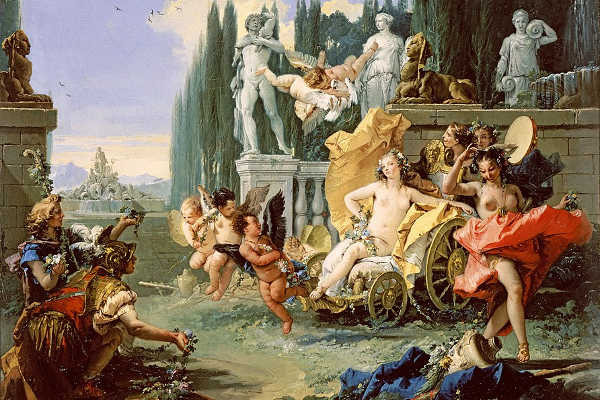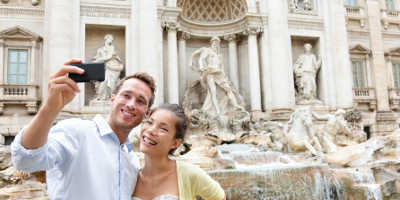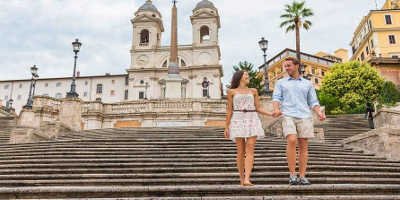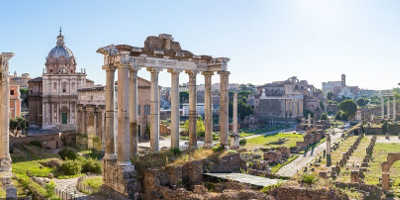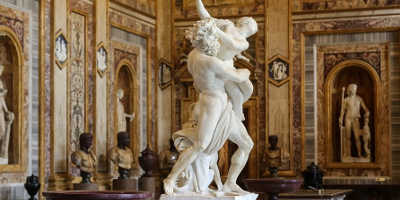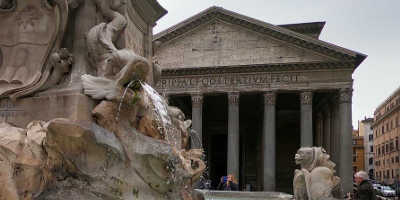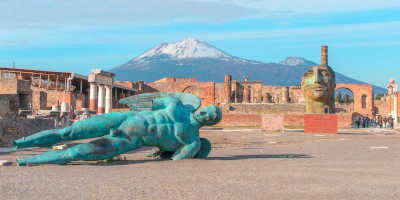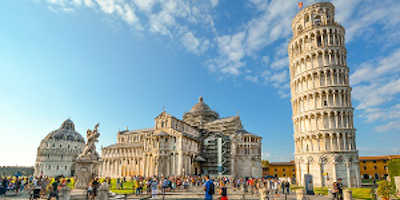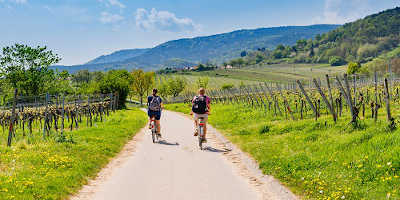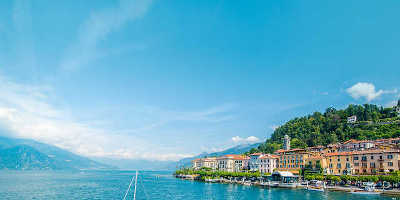What Festivals Were Celebrated in Ancient Rome?
Let’s see whether you recognise any of these Ancient Roman festivals and what similarities these have to our modern day celebrations!
-
Lupercalia
Picture Lupercalia as the darker version of its successor Valentines Day, the loved-up holiday that follows centuries after the beginning of Lupercalia. The origins of this event that even lasted through the early days of the Christian takeover in Rome dates back the 6th century BC. On the 15th of February, this ancient pagan festival was supposedly to honour the she- wolf who looked after the founders of Rome; Remus and Romulus. It is a violent and sexually charged festival that saw ritualistic animal sacrifices of a goat and a dog take place in the Lupercal cave on the base of Palatine Hill. Similarly, other bloody sacrifices were conducted in the public meeting space of the Comitium.
Men who choose a women’s name randomly out of a jar and were then coupled up, some till the next year festivities, just for the day’s event or for those who found love, would even get married. The animalistic festival would see men running through the city whipping women’s hands as this was said to encourage fertility. Eventually the event grew more dignified as the people became more chaste, however centuries later Pope Gelasius I bans the festival for its depraved nature.
-
Floralia
This ancient pagan festival saw temples covered in exotic flowers and citizens with floral wreaths in their hair. Honouring the Goddess Flora, the 27th of April marked the beginning of a 6 day events which was signified by the Ludi Florae; a series of games held to appease the Goddess. The games were financed by lower level magistrates hoping to win the peoples favour and their votes for upcoming elections. The festival began some time around 240 BC initially done for the favour of the Goddess to protect the blossoming flowers.
During the 6 day long festivities, animals were set free and beans were scattered around the ground to promote fertility. On the last day, circus games were conducted much to the delight of Roman citizens who donned their most colourful attire inspired by the event. Theatrical entertainment marking the start of spring and the passing of winter were staged in the public areas. Over time, Floralia was not favoured as opposed to some of the other pagan festivals so it was abandoned until a while later when patrons concerned about strong winds, rain and hail were threatening the flora life, leading to the reinstating of the event.
-
Vulcanalia
Held on the 23rd of August, this festival was conducted in the warmer summer months when the people were especially concerned about crops burning in the dry heat. To counteract this, a festival honouring Vulcan, the God of fire, was held annually to appease the fiery god. The Romans understood that in the balance of nature, fire could be destructive or reparative and so both of these aspect of the duality of Vulcan was respected.
During the day, games were and bonfires created in homage to the patron of blacksmiths, with small animals sacrificed by being thrown into the fire. For anything the Romans could not associate with any scientific explanation at that time, it was seen as the work of the Gods, which include natural disasters such as earthquakes, fires and tsunamis to name a few. After the Great Fire of Rome which burned the city down for days on end, Emperor Domitian constructs an impressive temple in order to appease Vulcan. After the destruction of Pompeii, Romans were extremely concerned that Vulcan was angry with them and many were left wondering if enough offerings were made to the god during the past year.
-
Quinquatria
A spring festival lasting from the 19th to the 23rd of March, Quinquatria is dedicate to the Goddess of wisdom and war; Minerva. The festival is said to be in honour of the day in which Minerva’s temple on Aventine Hill was consecrated, and so the first day of the event itself was solely nominated as a day of religious observance whilst the other days were said to involve circus games. It was during this festival that women were more often to consult with fortune tellers as the belief was that Minerva had created numbers, which was an integral part in the divinity. The patron of teachers, writers and artists, Minerva was added to the Ancient Roman God system due to the many traits she possessed. There’s a smaller festival celebrated on her behalf in June, where flute players and other musicians celebrate their patron. Minerva is said to be on the favourite daughter of Jupiter and came out of his head when she was born fully armoured and a grown adult.
-
Saturnalia
Honouring the God of Saturn on the 17th of December to the 23rd, Saturnalia was known to be the most anticipated and popular festival of the year. All work was suspended and role reversal occurred, meaning that slaves were given freedom to say or do whatever they pleased, and their masters had to serve them. A Mardi Gras celebration of sorts, there was singing, loud music and gambling in the streets, so much so that Ancient Roman author Pliny was said to have stayed in a soundproof room as to not be distracted while he worked. On the first day of the festival, a young pig was slaughtered and the binds of woollen strips that were tied around the ankles of the statue of Saturn were removed so that he could also ‘cut loose’. Chariot races and sun god related festivities were almost common, with people wearing colourful clothes and decorating their houses with greenery. A lot of what we celebrate at Christmas time today had origins in Saturnalia, and when the early Christian church eventually decided on a date to acknowledge as the birth of Christ, they dismissed Saturnalia. However, it is noted that during the late 8th century, Church officials were irritated at the fact that there were the tradition of celebrating Saturnalia and other winter festivals were still occurring every year.
Related article: The Best Time to Visit Rome

